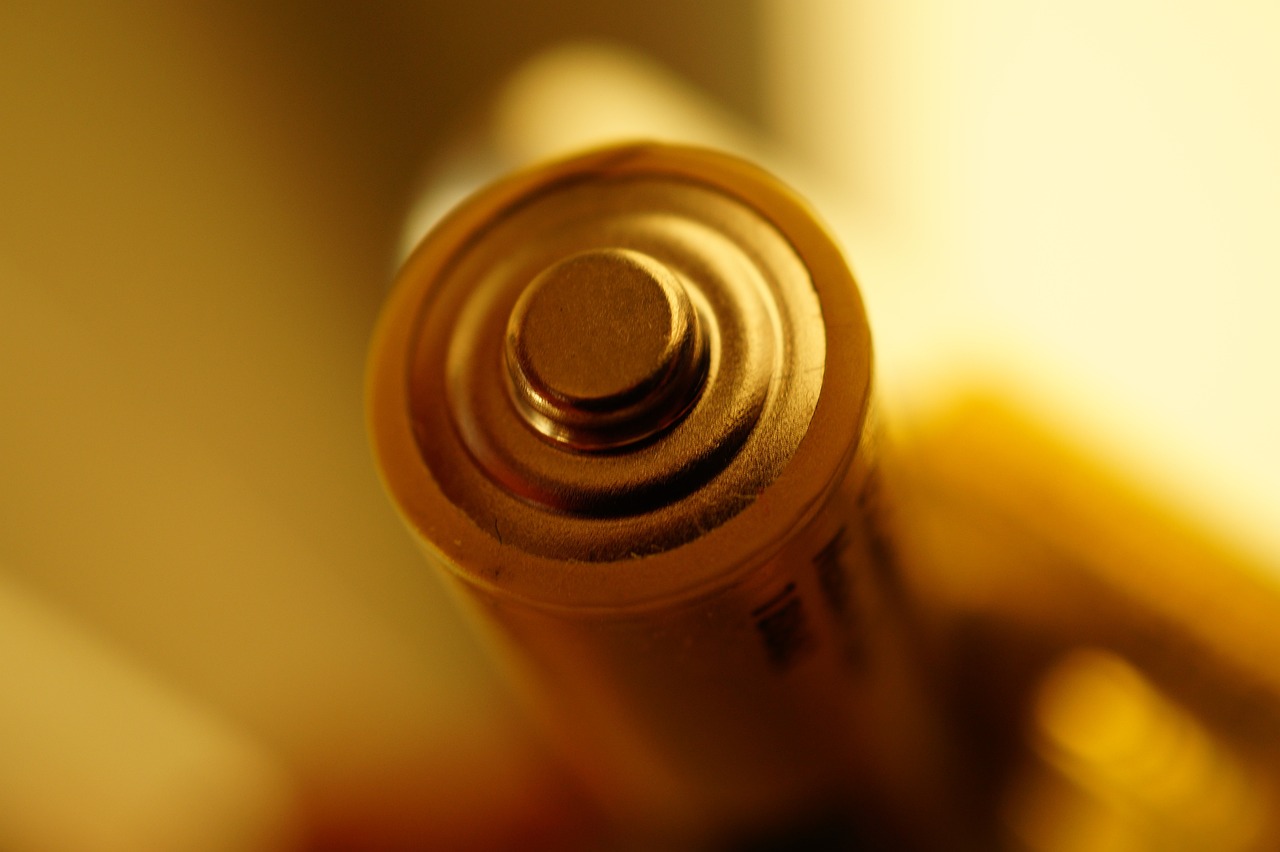Researchers have finally solved the degradation problem of these Li-ion batteries 🔋
Follow us on Google News (click on ☆)
Scientists at the University of Texas at Dallas have identified the cause of LiNiO₂ battery degradation. This discovery, published in Advanced Energy Materials, paves the way for solutions to improve their stability. Their innovative approach involves strengthening the structure of the cathode, a key component of batteries.

Illustration image from Pixabay
Professor Kyeongjae Cho and his team used computational models to understand the degradation. They discovered that oxygen atoms in LiNiO₂ cause instability, leading to cracks. To counter this issue, they propose adding positive ions to strengthen the cathode.
Matthew Bergschneider, a doctoral student in materials science, is leading a project for the robotic fabrication of battery prototypes. This method will enable the production of hundreds of batteries per week, a step closer to commercialization.
The BEACONS program, funded by the Department of Defense, supports this research. The goal is to develop more efficient energy storage technologies and train a skilled workforce for this rapidly growing sector.
LiNiO₂ batteries could replace cobalt-based batteries, a rare and expensive material. This advancement could benefit many fields, from smartphones to electric vehicles, by offering a longer lifespan.
Researchers plan to collaborate with industrial partners to commercialize this technology. Their solution could mark a turning point in the field of lithium-ion batteries, making them more durable and accessible.
How does a lithium-ion battery work?
A lithium-ion battery stores and releases energy through the movement of lithium ions between two electrodes, the cathode and the anode. During charging, lithium ions move from the cathode to the anode. During discharge, they return to the cathode, generating an electric current.
The cathode is typically composed of a mixture of materials, including cobalt, which is expensive and rare. Researchers are seeking to replace cobalt with more abundant and less costly materials.
The electrolyte, a conductive liquid or gel, allows the movement of ions between the electrodes. The stability of these components is crucial for the performance and lifespan of the battery.
Advances in understanding materials and chemical processes are improving the efficiency and safety of lithium-ion batteries, essential for many modern applications.
What is battery degradation?
Battery degradation is a process that reduces their ability to store and release energy over time. It can be caused by several factors, including undesirable chemical reactions, structural changes in materials, and the formation of cracks.
In the case of LiNiO₂ batteries, degradation is mainly due to a chemical reaction involving oxygen atoms. This reaction causes instability in the cathode structure, leading to cracks and a loss of performance.
By reinforcing the cathode structure with positive ions, scientists hope to extend battery lifespan and facilitate their commercialization.